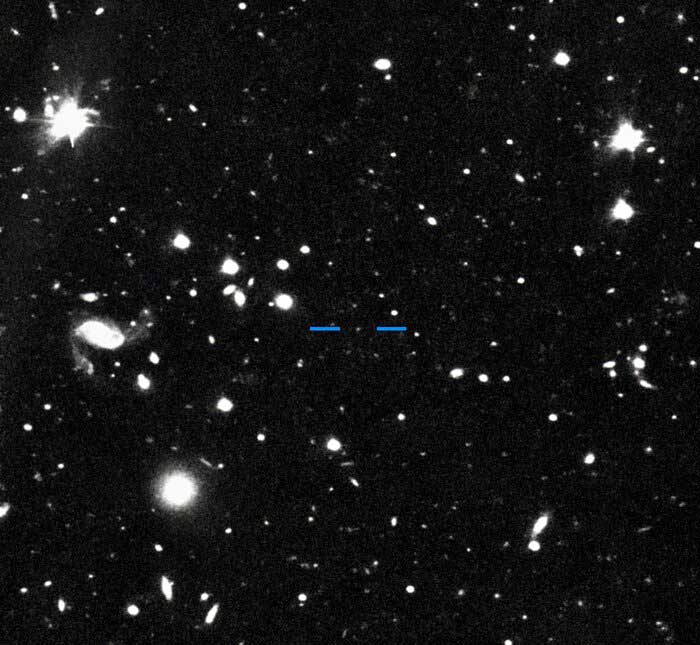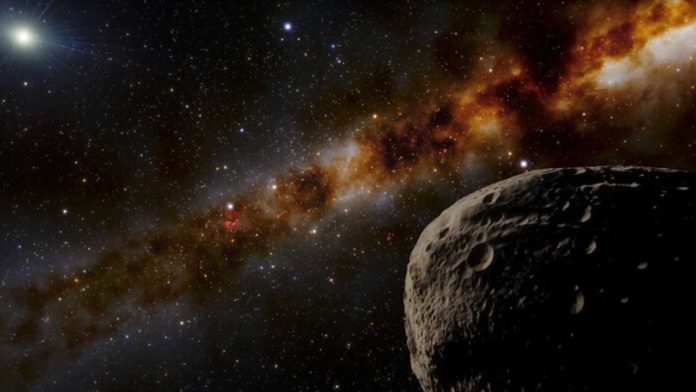In 2018, astronomers discovered a faint object that was very far away. Discovered using the Subaru Telescope, the object was named Farfarout. Although astronomers weren’t sure exactly how far it was, so they needed more observations.
In a recent study, the object has just received its designation from the International Astronomical Union. Using the data from the international Gemini Observatory, a Program of NSF’s NOIRLab, and other ground-based telescopes, astronomers have confirmed that the ‘Farfarout’ is indeed the most distant object yet found in our Solar System.
As stated, the Farfarout currently lies 132 astronomical units (au) from the Sun, which is 132 times farther from the Sun than Earth is.
The object is very faint and far distant than the previous Solar System distance record-holder object named Farout- designated 2018 VG18, Farout is 124 au from the Sun.

Co-discoverer Scott Sheppard of the Carnegie Institution for Science said, “the orbit of Farfarout is quite elongated, taking it 175 au from the Sun at its farthest point around 27 au at its closest, which is inside the orbit of Neptune. Because its orbit crosses Neptune’s, Farfarout could provide insights into the history of the outer Solar System.”
Chad Trujillo of Northern Arizona University said, “Farfarout was likely thrown into the outer Solar System by getting too close to Neptune in the distant past. Farfarout will likely interact with Neptune again in the future since their orbits still intersect.”
Depending on its brightness and distance from the Sun, the team estimates it to be about 400 kilometers (250 miles) across, putting it at the low end of possibly being designated a dwarf planet by the International Astronomical Union (IAU).
David Tholen of the University of Hawai‘i said, “Farfarout takes a millennium to go around the Sun once. Because of this, it moves very slowly across the sky, requiring several years of observations to precisely determine its trajectory.”
Co-discoverer Scott Sheppard of the Carnegie Institution for Science said, “The discovery of Farfarout shows our increasing ability to map the outer Solar System and observe farther and farther towards the fringes of our Solar System. Only with the advancements in the last few years of large digital cameras on very large telescopes has it been possible to discover very distant objects like Farfarout efficiently. Even though some of these distant objects are quite large — the size of dwarf planets — they are very faint because of their extreme distances from the Sun. Farfarout is just the tip of the iceberg of objects in the very distant Solar System.”
